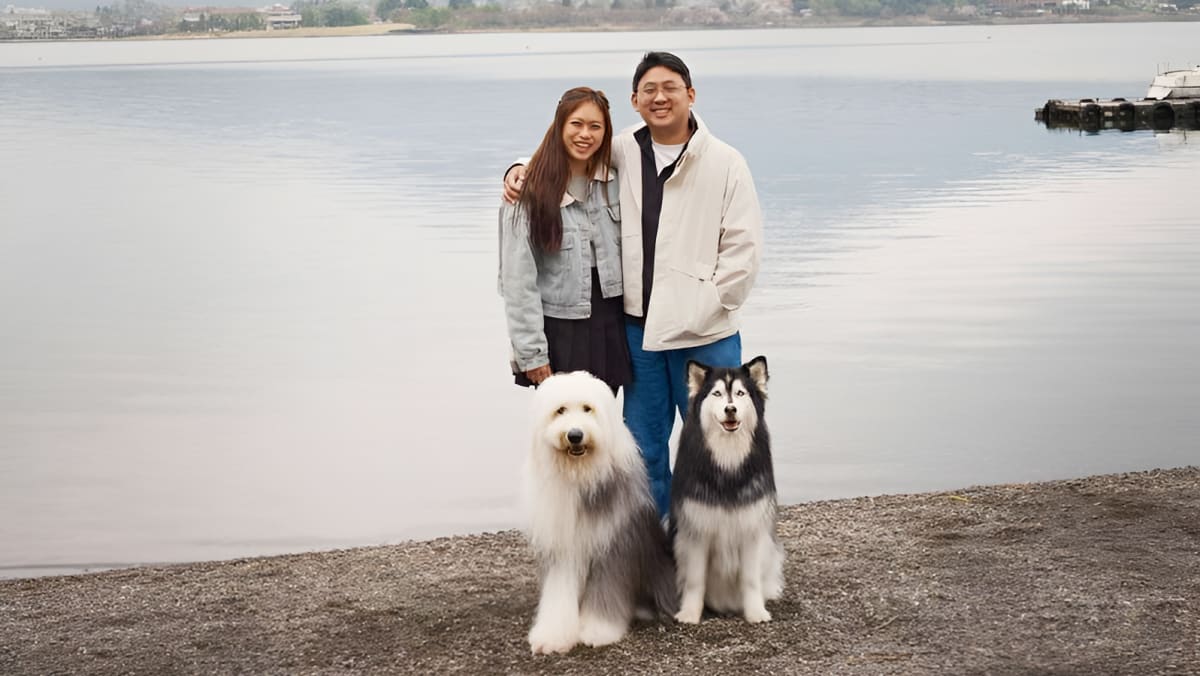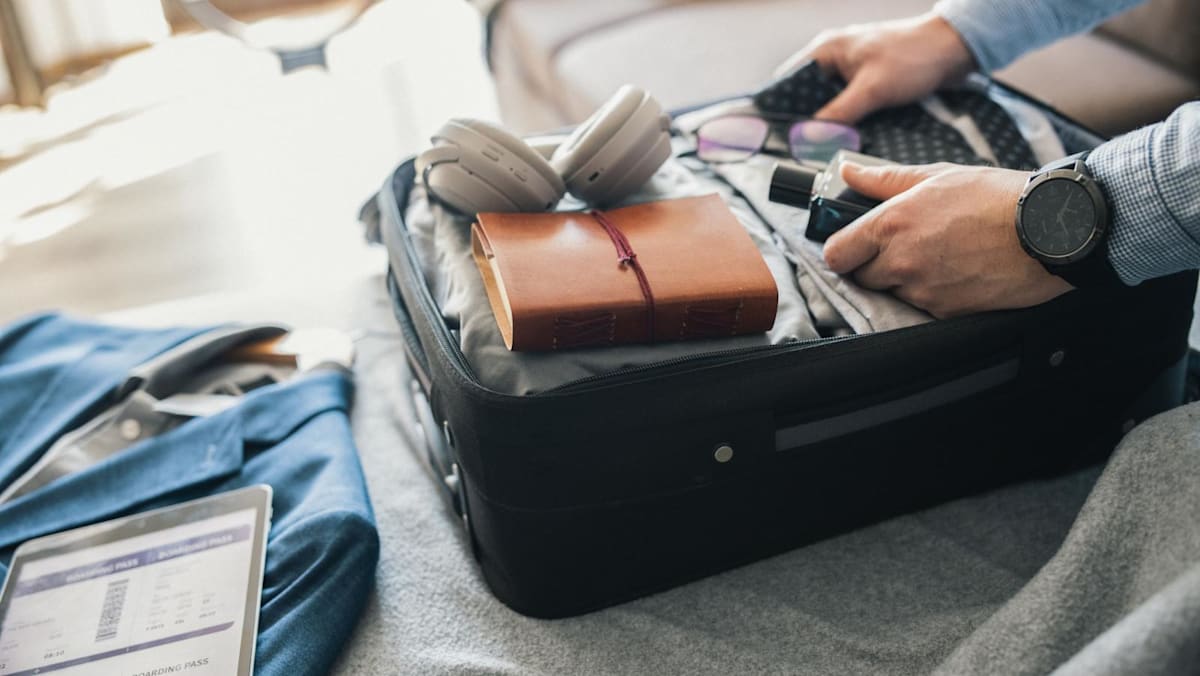“We chose Japan as it’s a shorter flight time compared to Europe, and they can still enjoy the cold weather,” Loh explained, describing the dogs’ first encounter with snow as a “core memory”.
“Klover was busy eating the snow from the ground thinking it was edible ice.”
Airline restrictions are just the tip of the iceberg. Given that travelling with pets is akin to exporting and importing a live animal, the pet owners also had to familiarise themselves with Singapore and the destination country’s regulations. Your best source of information? The NParks and AVS websites, along with the equivalents in your chosen country.
Technically, you can fly your pet into most countries. But unless you are relocating, most pet owners steer clear of countries that impose long quarantine periods as they may be harsh on your pets. As a rule of thumb, stick to countries within Schedules I and II under the rabies risk categorisation. You will find that Europe and Japan are popular precisely because there’s no quarantine required in either country.
STEP 2: BOOK YOUR FLIGHTS
Some pet-friendly airlines allow you to add your pet during the booking process, much like selecting extra baggage. Others, however, require you to call their reservations office to secure a slot. It’s best to do this early especially if your pet is travelling in cargo, as most flights have a limit on the number of animals allowed onboard.
There’s also an art to choosing your flight time. Red-eye flights may not be your thing, but they tend to work best for pets if the timing coincides with their usual bedtime. And if your pet will be in the cabin with you, seasoned pet owners have a pro tip: Choose a row at the back with two seats instead of three.














